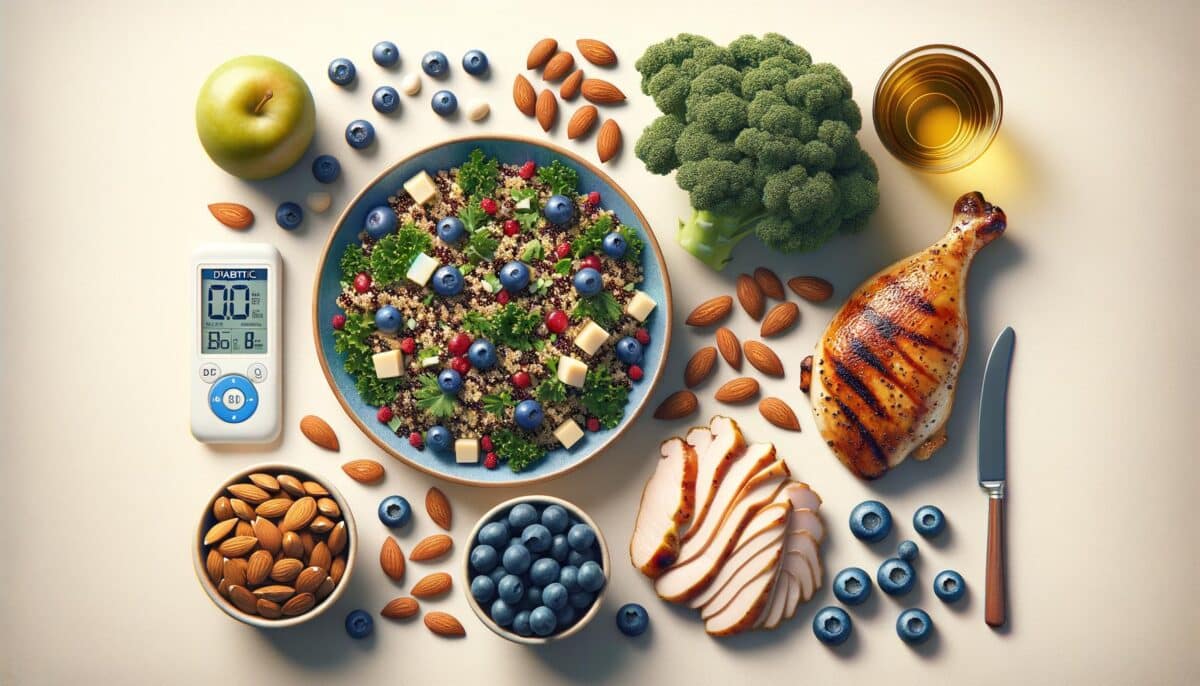Understanding the Importance of Diabetic-Friendly Foods
For individuals living with diabetes, monitoring dietary choices is essential to maintaining stable blood sugar levels. Diabetic-friendly foods not only help in managing the condition but also contribute to overall health and well-being. Understanding what makes a meal diabetic-friendly can empower individuals to make better food choices. Primarily, local diabetic-friendly meals focus on ingredients that offer a low glycemic index, high fiber content, and essential nutrients without excessive sugars and starches.
Key Components of Diabetic Foods
Local diabetic-friendly meals consist of ingredients that help the body manage glucose levels effectively. Some of the key components include:
- Whole Grains: Items like quinoa, oats, and whole wheat provide necessary fiber.
- Lean Proteins: Chicken, fish, and plant-based proteins such as beans provide sustenance without excessive fat.
- Healthy Fats: Sources like avocados, nuts, and olive oil offer beneficial fats that support heart health.
- Non-Starchy Vegetables: Vegetables like broccoli, spinach, and peppers are excellent for managing diabetes due to their low carbohydrate content.
Integrating these components into daily meals can significantly improve blood sugar control and health outcomes for those with diabetes.
Cultural Influences on Diabetic-Friendly Meals
Embracing cultural diversity in diabetic diets can be both enjoyable and healthful. Local diabetic-friendly meals often borrow from various culinary traditions to create balanced, tasty dishes. For example:
- In Asian cuisines, dishes might feature stir-fried vegetables with lean proteins and brown rice.
- Middle Eastern meals may include high-fiber grains like bulgur paired with grilled chicken.
- Latin American dishes could incorporate beans and whole-grain tortillas.
These cultural adaptations not only make meals more interesting but also offer a variety of nutrients and flavors that can help manage diabetes without feeling restricted.
Planning Meals for Diabetics
Creating a meal plan with local diabetic-friendly foods is a proactive way to manage blood sugar levels. Key pointers for meal planning include:
- Portion Control: Keeping portion sizes moderate to prevent spikes in blood sugar.
- Regular Eating Schedule: Consistent meal times support blood sugar stability.
- Diverse Menu: Rotating ingredients to include different nutrients and avoid dietary fatigue.
With these strategies in place, planning and preparing diabetic-friendly meals becomes simpler and more rewarding. In addition, consulting with a registered dietitian can offer tailored guidance according to individual health needs.
Overcoming Challenges in Diabetic Eating
While the journey of managing diabetes through diet can be challenging, several strategies can help overcome these hurdles. Understanding the nutritional content of foods, reading labels carefully, and being aware of hidden sugars are crucial skills. Encouragement from community support groups, as well as sharing and exchanging diabetic-friendly recipes, can foster a collaborative environment for managing diabetes more effectively. Additionally, experimenting with local diabetic-friendly meals can diversify one’s diet and help reduce reliance on less healthy options.
Conclusion
In harnessing the power of local diabetic-friendly meals, individuals with diabetes can enjoy delicious, nutritious foods that support their overall health. By focusing on balanced eating, making informed food choices, and embracing cultural diversity in meal planning, managing diabetes becomes a less daunting task. With thoughtful planning and community support, living with diabetes can be both fulfilling and manageable.
